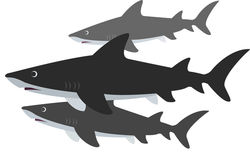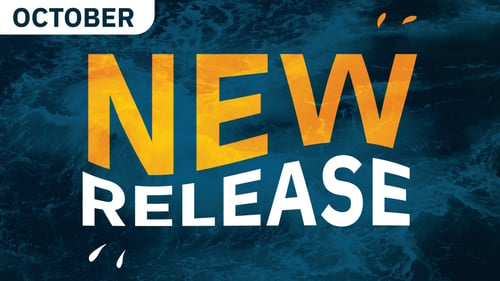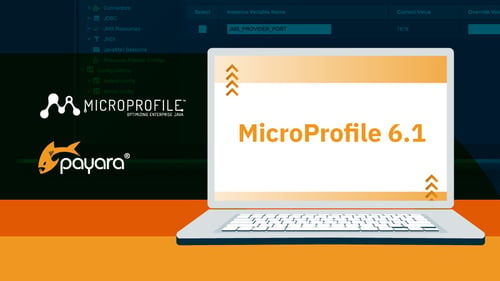What's new in Payara Server 153 ?
Originally published on 29 Jul 2015
Last updated on 05 Apr 2016
 by Andrew Pielage
by Andrew Pielage
 Payara Blue, Payara Micro API, JCache Injection, Updated Start-Domain Command & more!
Payara Blue, Payara Micro API, JCache Injection, Updated Start-Domain Command & more!
The third quarter of 2015 is quickly approaching, which means it’s time for another Payara Server release! We’ve managed to put quite a bit into this release, with large improvements for the Payara Micro API.For this release we’ve also updated the layout of our GitHub wiki a little; we’ve separated the Hazelcast documentation from the JCache documentation, and we’ve added a pre-release documentation section (which is where you’ll currently find the Payara Server 4.1.153 documentation).
HTTP and HTTPS Port Auto-Binding
As mentioned in a previous blog, this release brings a new auto-binding feature for the HTTP and HTTPS ports of Payara Micro instances. This feature works similarly to how the comparable feature found in Hazelcast does; you specify the start port, enable the auto-binding feature, and Payara Micro will automatically increment this port until it finds a free port it can bind to.More info can be found in the pre-release documentation here.
Payara Micro API
Steve has put quite a lot of work into the Payara Micro API for this release, which brings some welcome improvements to using Payara Micro programmatically. This includes: being able to run asadmin commands and Serializable Callables on running instances; fire CDI events across a cluster; and being able to deploy applications to bootstrapped instances.The Payara Micro documentation will be updated over the coming days to reflect these improvements.
JCache Injection
Also included in this release is an update to the JCache (JSR107) API, allowing you to use injection to create classes. This makes creating a cache even easier than before:
import javax.inject.Inject;
import javax.cache.Cache;
...
@Inject
Cache cache;
import fish.payara.cdi.jsr107.impl.NamedCache;
import javax.inject.Inject;
import javax.cache.Cache;
...
@NamedCache(cacheName = "custom")
@Inject
Cache cache;
Updated Start-Domain Command
The Payara community raised that the inclusion of the additional Payara Server domain was causing issues for some, as it meant that the start-domain asadmin command would no longer start domain1 without having it explicitly specified (e.g. ./asadmin start-domain domain1). We’ve now added a default for this command to bring Payara Server back in line as a drop-in replacement: if there are multiple domains present, domain1 will be started when running the start-domain command without specifying a domain (assuming it is present).
Payara Blue
Due to the differences between the Oracle JDK and IBM JDK, this version of Payara Server has its own branch on GitHub – payara-blue.
Find out more about Payara Blue in Steve's blog post here.
Updated Modules and Bug Fixes
As you’ll hopefully have come to expect by now, we’ve incorporated numerous module updates and bug fixes into this release. For this release we’ve updated 10 modules, added 22 of our enhancements and bug fixes, as well as 20 fixes from GlassFish Upstream.
The detailed list of updated modules and fixed bugs will be included in the release notes.
From The Community
Not all of the changes we implement into our releases come from the Payara Team. Kenji Hasunuma ( Khasunuma ) has kindly updated the Japanese translation of the Admin Console. Phillip Ross ( phillipross ) and Nathan Longley have also had their efforts included in this release. We greatly appreciate these community translations and commits, and look forward to what the community does for us next!
Related Posts
What’s New in the October 2024 Payara Platform Release?
Published on 09 Oct 2024
by Luqman Saeed
0 Comments
We're happy to announce the latest release of the Payara Platform, bringing significant improvements and updates across our Community and Enterprise editions (download Payara Enterprise trial here). This release focuses on enhancing security, ...
What’s new with MicroProfile 6.1?
Published on 04 Jan 2024
by Alfonso Altamirano
0 Comments

